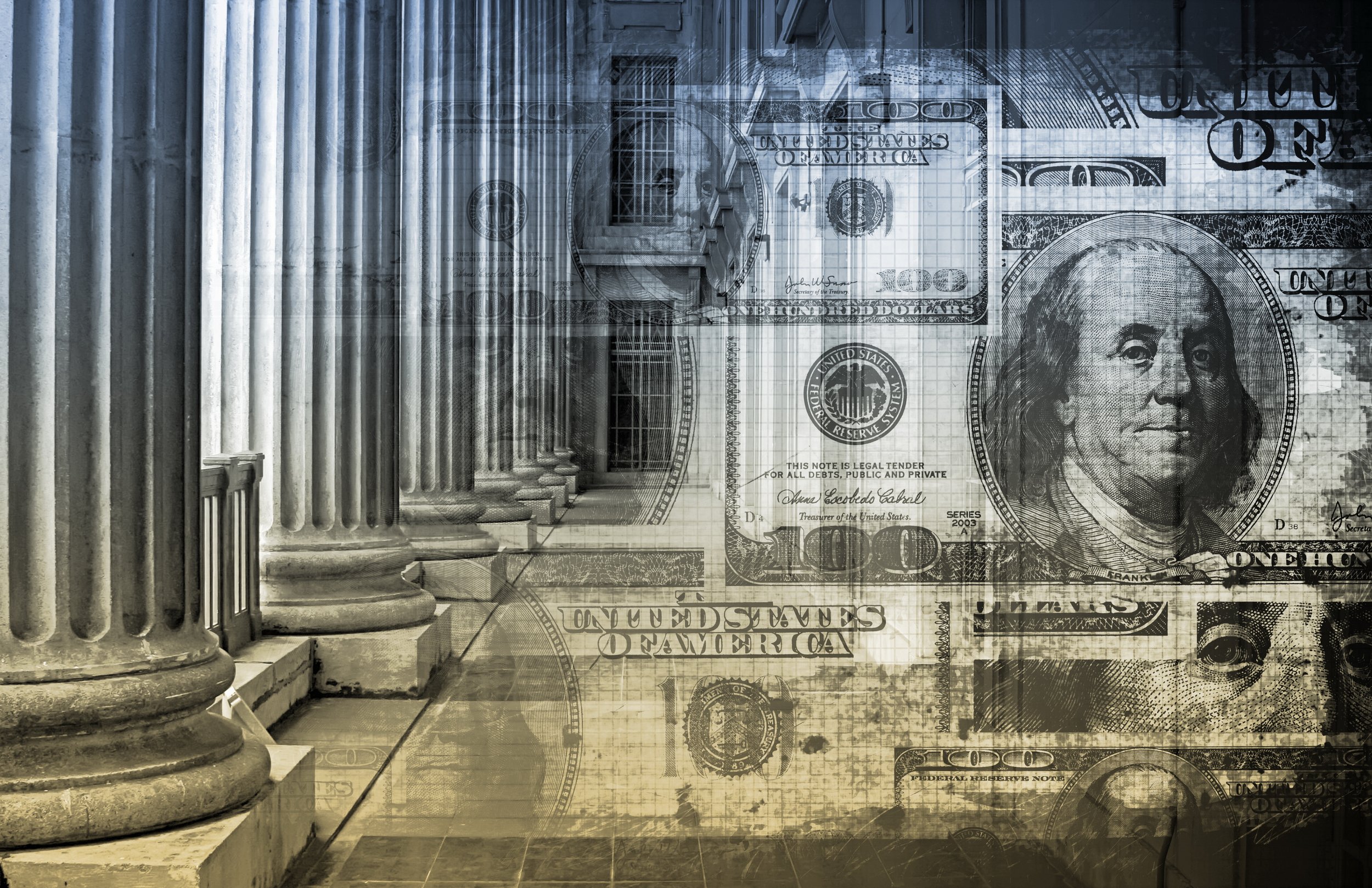As the 2022 proxy season unfolds, there’s good news and concerning news about companies and their political spending. Which wins out – greater control over political spending or a return to “business as usual” – will affect how companies fare as shareholders pay even closer attention to what they do with their political money and how it aligns with their values and positions.
First, the good news. S&P 500 companies are paying much closer attention to their election-related spending. The 2021 CPA-Zicklin Index found that more boards are involved not only with general oversight of company political spending, but also have committees reviewing company payments to trade associations and other tax-exempt groups, or what is known as “dark money.” In addition, the Index saw an increase in companies with committees reviewing direct political contributions.
In a new development, the Center for Political Accountability (CPA) found some companies that included references to alignment with their values and mention of congressional certification of the 2020 presidential election results in their spending policies. One with a standout policy was Intel, which said
In cases of significant misalignment…, we take action to realign future funding decisions. For example, following the events at the US Capitol on January 6, 2021, we decided to cease contributions to members of Congress who voted against certification of the 2020 presidential election.
Also, the number of companies defined in the Index as Trendsetters rose to 87 in 2021, up from 79 in 2020. These companies have the most robust disclosure and accountability policies for political spending.
Now the concerning news. Many companies continue “business as usual” for political spending. Following the January 6th U.S. Capitol attack, at least 143 companies announced pauses in their political spending. Not unexpectedly, the pause has been temporary, and a growing number of companies have restarted contributions – including Cigna, Lockheed Martin, PG&E, T-Mobile, AT&T, and JPMorgan Chase.
Companies are continuing their previous spending while ignoring conflicts between their own policies and the positions of some candidates they are supporting. We pointed this out in our Conflicted Consequences report last summer.
All of this raises the stakes for companies. This is especially true for those facing shareholder resolutions or engagement on political spending. Last year showed what they can anticipate. The average vote for the CPA’s model political resolution was 48.1 percent, a big increase from 40.9 percent in 2020 and 36.4 percent in 2019. Significantly, two of the largest institutional investors, BlackRock and Vanguard, voted for CPA’s resolution for the first time last year. BlackRock did so for six of the 12 CPA resolutions and Vanguard for three.
The message to companies is clear. Investors consider political transparency and accountability a corporate governance must. But, companies can’t stop there. The next step is to adopt a framework for approaching and managing their political spending. That framework is the CPA-Wharton Zicklin Model Code of Conduct for Corporate Political Spending, which includes societal and democracy obligations and responsibilities and gives them greater control over – and greater protection from – the heightened risks posed by political spending.
Bruce F. Freed
President, Center for Political Accountability
Dan Carroll
Vice President for Programs, Center for Political Accountability



